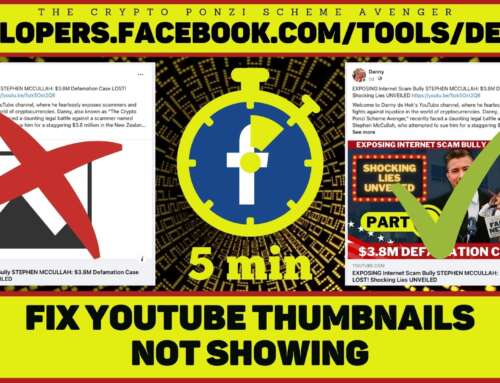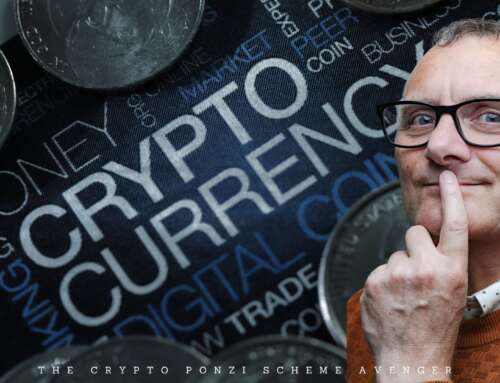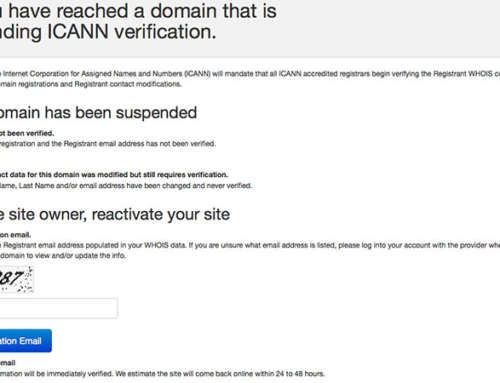 In the rapidly evolving world of cryptocurrency, understanding the language is crucial for both seasoned enthusiasts and newcomers alike.
In the rapidly evolving world of cryptocurrency, understanding the language is crucial for both seasoned enthusiasts and newcomers alike.
From Altcoins to Whales, the crypto-sphere is teeming with terms that might sound like a foreign language to the uninitiated. Fear not; we’ve compiled a comprehensive cryptocurrency dictionary to decode the intricacies of this digital financial landscape.
Whether you’re navigating the bullish or bearish trends, contemplating the significance of a hard fork, or simply curious about the concept of Diamond Hands, our dictionary aims to demystify the jargon and provide clarity on the fundamentals of cryptocurrencies. Join us on a journey through the blockchain, exploring key concepts, technologies, and terms that shape the world of digital assets.
So, whether you’re a HODLer, a seasoned trader, or someone just getting started with crypto, this dictionary serves as your go-to guide for unraveling the complexities of the crypto-sphere. Let’s dive into the terminology that defines the future of finance and technology.
THE DICTIONARY:
Altcoin: Any cryptocurrency other than Bitcoin. Examples include Ethereum, Ripple, and Litecoin.
ATH (All-Time High): The highest price ever reached by a cryptocurrency.
ATL (All-Time Low): The lowest price ever reached by a cryptocurrency.
Bear Market: A period of declining cryptocurrency prices.
Bitcoin: The first and most well-known cryptocurrency. It’s like digital gold and is used for online transactions.
BitcoinCode: The BTC20 is designed to boost throughput, lower transaction costs, and achieve compatibility with EVM, all while upholding BitcoinCode’s security standards.
Blockchain: A public and unchangeable ledger that records all cryptocurrency transactions. It’s like a digital history book.
Bull Market: A period of rising cryptocurrency prices.
Consensus Algorithm: A method used by blockchain networks to agree on the validity of transactions and add them to the blockchain. Examples include Proof of Work (PoW) and Proof of Stake (PoS).
Cryptocurrency: Digital or virtual money that uses encryption for security. It’s decentralized and exists only in digital form.
Cryptographic Hash Function: A mathematical function used to convert data into a fixed-size string of characters, ensuring data integrity and security.
Crypto Wallet Address: A string of characters that represents a location on the blockchain where cryptocurrency can be sent.
DApp (Decentralized Application): An application built on blockchain technology, which often runs on a peer-to-peer network without a central authority.
Decentralized: No central authority, like a government or bank, controls cryptocurrencies. They are managed by a network of users, making them independent and secure.
Decentralized Finance (DeFi): Financial services and applications built on blockchain technology, aiming to eliminate traditional intermediaries like banks.
Diamond Hands: Refers to a long-term, unwavering approach to holding an investment, typically cryptocurrencies or stocks, regardless of price fluctuations.
Double Spending: Attempting to spend the same cryptocurrency more than once, a problem blockchain prevents.
Exchange: A platform where you can buy, sell, or trade cryptocurrencies for other digital or fiat currencies (like dollars or euros).
Fork: A change in the software protocol of a cryptocurrency, creating two separate versions with distinct rules. Hard forks result in a permanent split, while soft forks are backward-compatible.
FUD (Fear, Uncertainty, Doubt): Spreading negative information or rumors to create fear and doubt about a particular cryptocurrency.
Gas: A unit of measurement for the computational work required to process transactions on a blockchain, often used in Ethereum.
HODL: A term used when someone holds onto their cryptocurrency investments rather than selling them. It’s a play on the word “hold.”
ICO (Initial Coin Offering): A fundraising method where new cryptocurrencies are sold to investors. It’s like a digital crowdfunding campaign.
KYC (Know Your Customer): The process of verifying the identity of cryptocurrency users to prevent fraud and illegal activities.
Market Cap: The total value of a cryptocurrency in circulation, calculated by multiplying the current price per coin by the total number of coins.
Mining: The process of verifying and adding transactions to the blockchain. Miners use powerful computers to do this and are rewarded with new cryptocurrency coins.
Node: A computer on a blockchain network that maintains a copy of the entire blockchain and helps validate transactions.
Non-Fungible Token (NFT): Unique digital assets that represent ownership of a specific item, often used for digital art, collectibles, and in-game items.
Orphan Block: A valid block that isn’t added to the blockchain due to network latency or competition from another valid block.
Paper Hands: Signifies a short-term and impatient investment approach, where individuals sell their holdings quickly, often in response to price dips or market volatility.
Private Key: A secret code that gives you access to your cryptocurrency holdings. It’s like your digital signature.
Public Address: An address you share with others to receive cryptocurrency. It’s like your digital mailbox.
Smart Contract: Self-executing contracts with the terms of the agreement directly written into code. They automatically execute when conditions are met.
Staking: The process of participating in a Proof of Stake (PoS) blockchain by holding and “staking” a cryptocurrency to support network operations.
Token: Digital assets issued on a blockchain. Tokens can represent various assets, like utility, security, or NFTs (Non-Fungible Tokens).
Wallet: A digital tool to store, send, and receive cryptocurrencies. It’s like a digital bank account.
Wallet Private Key: A long cryptographic code that allows access to your cryptocurrency holdings; losing it can result in the loss of your funds.
Whale: A term for individuals or entities that hold a significant amount of a particular cryptocurrency. They can impact the market with their buying and selling actions.








Leave A Comment